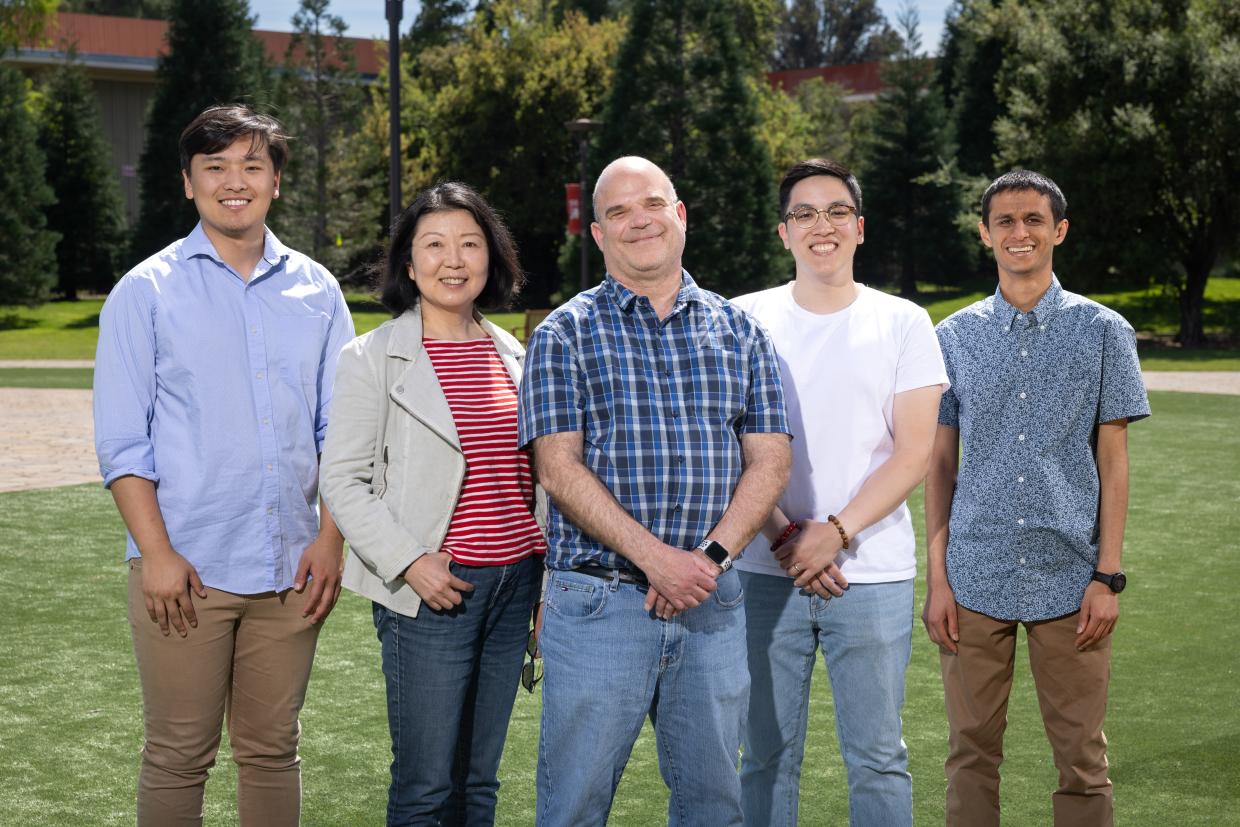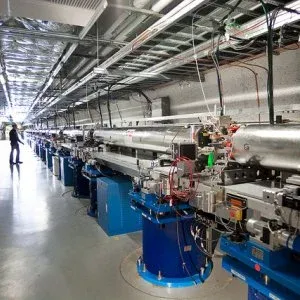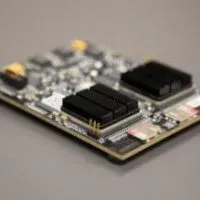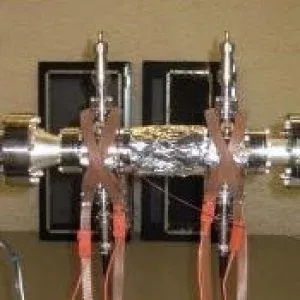RF & Analog Systems Department

The RF & Analog Systems department develops high frequency electronics for a variety of applications. Large projects include: A nanometer resolution cavity beam position monitor system used for LCLS, LCLS2 and the Pohang FEL systems. Femtosecond beam arrival time monitors for LCLS. Master source and stabilized timing distribution for LCLS and LCLS2. Femtosecond laser-to-RF synchronization for LCLS, LCLS2 and the ASTA Ultrafast electron diffraction system. Broadband readout for microwave multiplexed cryogenic detectors for LCLS2 and Simons Observatory. Smaller projects have included electronics for coherent combining of multiple lasers, microwave “clockwork” for SSRL spin wave experiments and development work on radio telescope front ends.
Key Competencies

High Performance Accelerator Controls Systems
TID-AIR designs, builds, tests, and commissions advanced accelerator controls systems such as beam position monitoring, timing, and machine protection systems Examples are system design, hardware, firmware, and software for PoHang, LCLS, and LCLS-II accelerators.
Low Level RF Design
System level RF conceptual design and architecture starting from physics requirements through hardware implementation. Algorithm development and firmware implementation of feedback and signal generation and processing. Design of board level high frequency, low noise, broadband and high dynamic range RF systems. Low phase noise RF sources, measurement and feedback systems.


Radio Frequency (RF) Systems
High precision, high frequency electronics; Femtosecond timing instrumentation; High bandwidth control systems; RF electronics, detectors, transmitters, and signal processing. Example applications are Transition Edge Sensor Focal Plane control and readout, accelerator beam arrival time monitoring (10 fs timing noise), accelerator beam position monitoring, low-level RF accelerator beamline controls, free-electron laser experiment timing systems.
